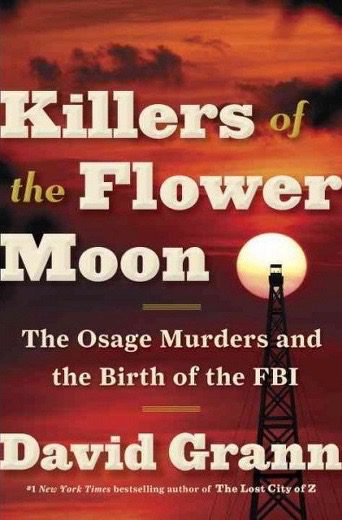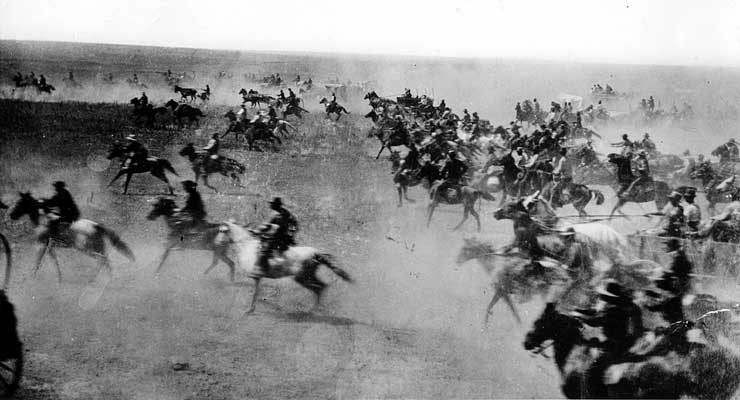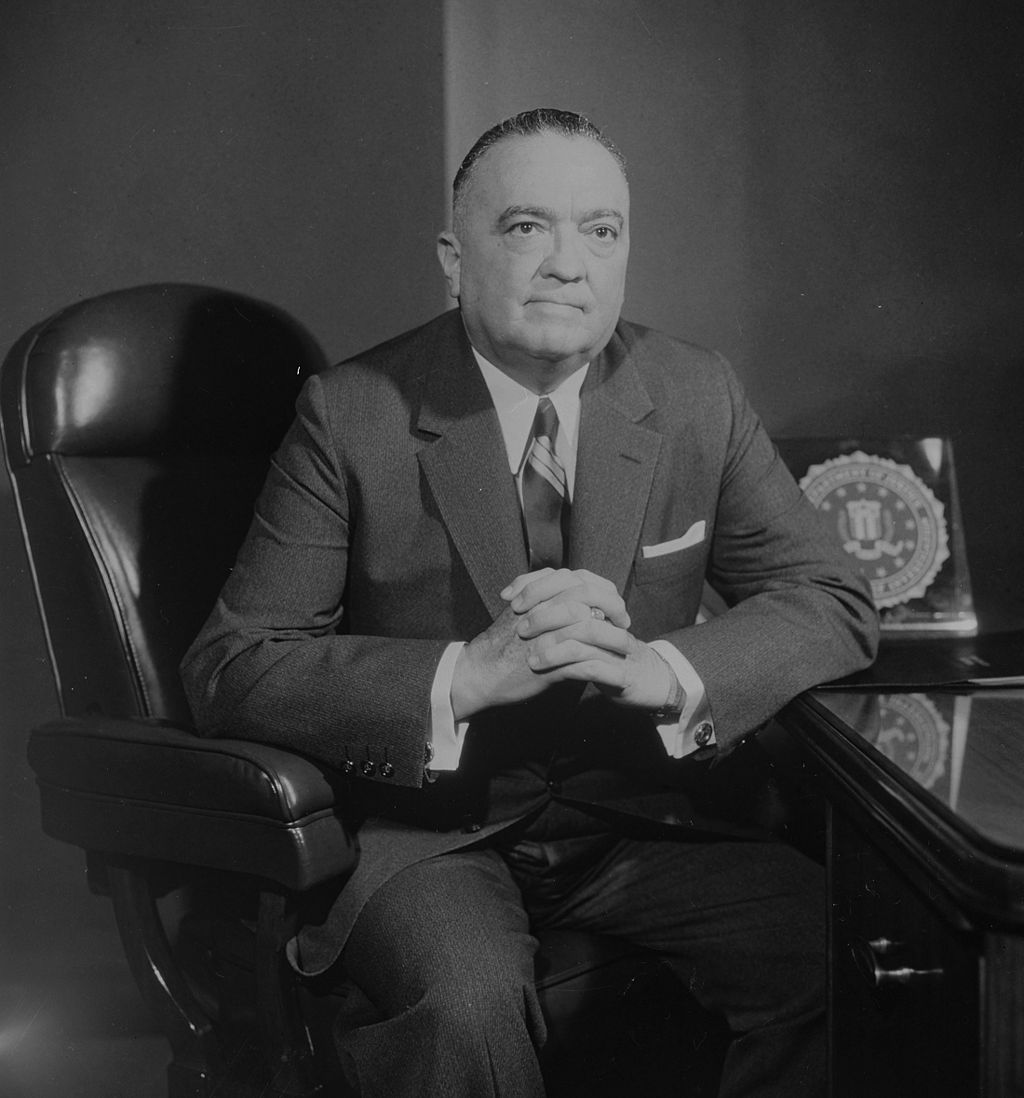
North Dakota looks like the end of the earth and feels like it, too, when the wind drives grains of snow sideways into your skin. But here is the most recent place where past and present have collided to again fight over the sovereignty of Native American land.
For months in late 2016, members of the Standing Rock Sioux tribe protested the installment of the controversial Dakota Access Pipeline, which crossed under the Missouri River. The tribe argued that the pipeline would contaminate their drinking water and disturb sacred burial grounds. Despite the efforts of the outgoing Obama administration, President Trump signed an executive order in February advancing the pipeline. Protesters were ordered to leave and the pipeline project continued.
The progress of the pipeline and the blatant governmental disregard for the autonomy of the Standing Rock tribe is not an isolated incident. It’s a reminder of the all too recent history of broken promises, sacred violations, and murder that comprise America’s dark heart.
David Grann explores this dark heart of American history in his new book, Killers of the Flower Moon: The Osage Murders and the Birth of the FBI. Set in Osage County, Oklahoma, the book recounts the persecution of the Osage tribe, who moved there first after being forced out of Missouri into Kansas through Andrew Jackson’s genocidal policies that resulted in the Trail of Tears. Then, the Osage were forced from Kansas and into Oklahoma by white settlers greedy for land and heady with manifest destiny.
When the Osage purchased their land in Oklahoma, they chose it because it was unwanted. Grann describes the Osage chief Wah-Ti-An-Kah who noted, “My people will be happy in this land. White man cannot put iron thing in ground here. White man will not come to this land. There are many hills here… white man does not like country where there are hills and he will not come.”
But the land wasn’t unwanted for long. By the early twentieth century, settlers were arriving in manic droves. In the mad grab for land, the US government was desperate to break up the Osage reservation. To fend off the government’s advances, the tribe broke the reservation up into allotments among the members of the tribe. A provision of the agreement was that all “oil, gas, coal, or other minerals covered by the lands” were reserved for the Osage.
The deal was a wise one. The Osage knew that there was oil on the land. Soon after the allotments, the government began leasing out the land to oil companies and prospectors, and in return sent the Osage the royalties. Grann writes:
(In 1923 alone, the tribe took in more than $30 million, the equivalent today of more than $400 million.) The Osage were considered the wealthiest people per capita in the world. ‘Lo and behold’ the New York weekly Outlook exclaimed. ‘The Indian, instead of starving to death… enjoys a steady income that turns bankers green with envy.’
In order to control the wealth, the US Congress passed a law setting guardianship over the royalties for Osage who were half or more of Indian ancestry until they could prove “competency”. The white guardians were there ostensibly to protect the Osage from the perils of their wealth. But then, the murders began to happen.
Osage began to die and the deaths were not investigated by local police and suspicious deaths were “…routinely, and falsely attributed to ‘consumption,’ ‘wasting illness,’ or ‘causes unknown.’” This time period was known as the Reign of Terror. The official FBI report put the number of deaths at twenty-four. Dennis McAuliffe, in his book The Deaths of Sybil Bolton: An American History, put the number at closer to sixty. But Grann’s estimate lies in the hundreds. He quotes Louis F. Burns, who noted, “I don’t know of a single Osage family which didn’t lost at least one family member because of the head rights.”
Desperate to stop the killings, in 1925 the Osage asked the FBI to investigate. It was the first murder investigation for J. Edgar Hoover’s burgeoning department. And what was discovered unraveled a community and established the power of Hoover’s FBI.
Grann spins a riveting tale told from dusty archives. Much of his research was pouring over wills, ledgers, and court transcripts. But what emerges is a horrifying story of conspiracy and white complicity. I read the book as I traveled through Oklahoma, while the president went to Tennessee and lauded the legacy of Andrew Jackson—it made the past feel desperately present.
Grann focuses his book on the story of Mollie Burkhart, an Osage woman of incredible wealth and power who saw her family members die one by one and herself was poisoned, before the FBI intervened. I spoke with Grann, who explained that he centered the book on Burkhart, because:
She was also an extraordinary person who showed remarkable courage in pursuing justice when almost every element of white society was conspired against her. Yet her story—her voice—always seemed to be left out of historical accounts. That made no sense and was backwards. And so I wanted to begin the book with her story, as I best I could tell it from the records and information that exist.
And yet, what drove Grann to tell this story, is the book’s most central struggle—representation. A white man, writing the story of an Osage woman, whose entire family was decimated by white men, who told her they were just trying to help.
Grann, an experienced and award-winning journalist for the New Yorker, explained to me that he was hyperaware of this the entire time he reported, a process that took nearly five years. He tackled it through meticulous research and a collaborative approach to journalism. He noted:
There is a shared process of bringing these stories to light. I was sensitive about that. When you interview people and with any reporting there is this problem of representation with them. So, whenever I interview, I always go back over the material with them to make sure I got it right. I go over the material with them. I don’t bend the truth, but I want to make sure I captured things correctly. And that I placed the things in the correct context.
To this end, Grann shared that he fact-checked scenes with his sources, many of them relatives of the victims of the Reign of Terror. What emerges is a complicated portrait of a woman who still remains largely voiceless. This isn’t entirely Grann’s fault. Burkhart didn’t leave much of her voice behind and Grann’s writing is careful not to speculate, not to overstep, or imagine. Yet, in turning to the historical record to find her, she evades rendering. The problem with pulling a person twice marginalized (a Native American and a woman) out of the annals of history is that even the annals obscure her. So, while even the minor characters like the Shoun brothers, step out in sharp relief, what lingers of Burkhart is not her voice but her haunting silence. There is a moment, during the trial of one of the murders who (without giving too much away) Burkhart had supported and even loved. When faced with the overwhelming evidence of his complicity, Burkhart turns from him with a look that Grann describes as “perhaps even cold.” It’s the most vivid moment for Burkhart in the story and yet what stands out is not her words, but her painful silence. So much was taken from her. So little of herself hadn’t been touched by tragedy. Who then can begrudge her, her powerful silence?
Around Burkhart, the story swells with tragedy. Just at the moment the plot seems to have been revealed, Grann himself steps into the book to show the astounding depth and breadth of the conspiracy. The move is devastating for the reader, but it is also a smart structural move—bringing into focus the entire tangled mess of history. Grann himself said in an interview for MEL magazine that the structure of the book was what kept him sane—but Grann’s structural sanity is the reader’s unmooring.
This stepping outside of the narrative and into Grann’s point of view allows the book to vibrate with relevance. Grann says in the interview:
I recently interviewed a young Osage man named Chris Turley, who had trekked from the Osage Nation, in Oklahoma, to the Standing Rock Sioux reservation, in North Dakota, where he joined the protests against the oil pipeline. And he told me that when he was there he thought about the Osage murder cases. The two struggles came down to the same fundamental issue: the rights of American Indians to control their lands and resources.
Past and present, Grann shows us, is hard to separate.
The very beginning of the book shows a panoramic photo of the Osage around the time of the murders. Grann told me that while he was looking at the picture in the Osage Nation Museum, he notice a small section had been removed. He asked the director of the museum about the picture and he recounts,
She told me that it had showed a figure so haunting that she had decided to remove it. She then pointed to the missing panel and said, ‘The devil was standing right there.’ Later, she went and showed me a copy of the missing panel, which contained the visage of one of the killers of the Osage. The Osage had removed the picture not to forget, as so many Americans had, but because they can’t forget.
Killers of the Flower Moon calls forth a history of memory, of loss, of silence, and white complicity, all of which are still part of our devastating national reality. Despite its flaws, it is an important and powerful read.







